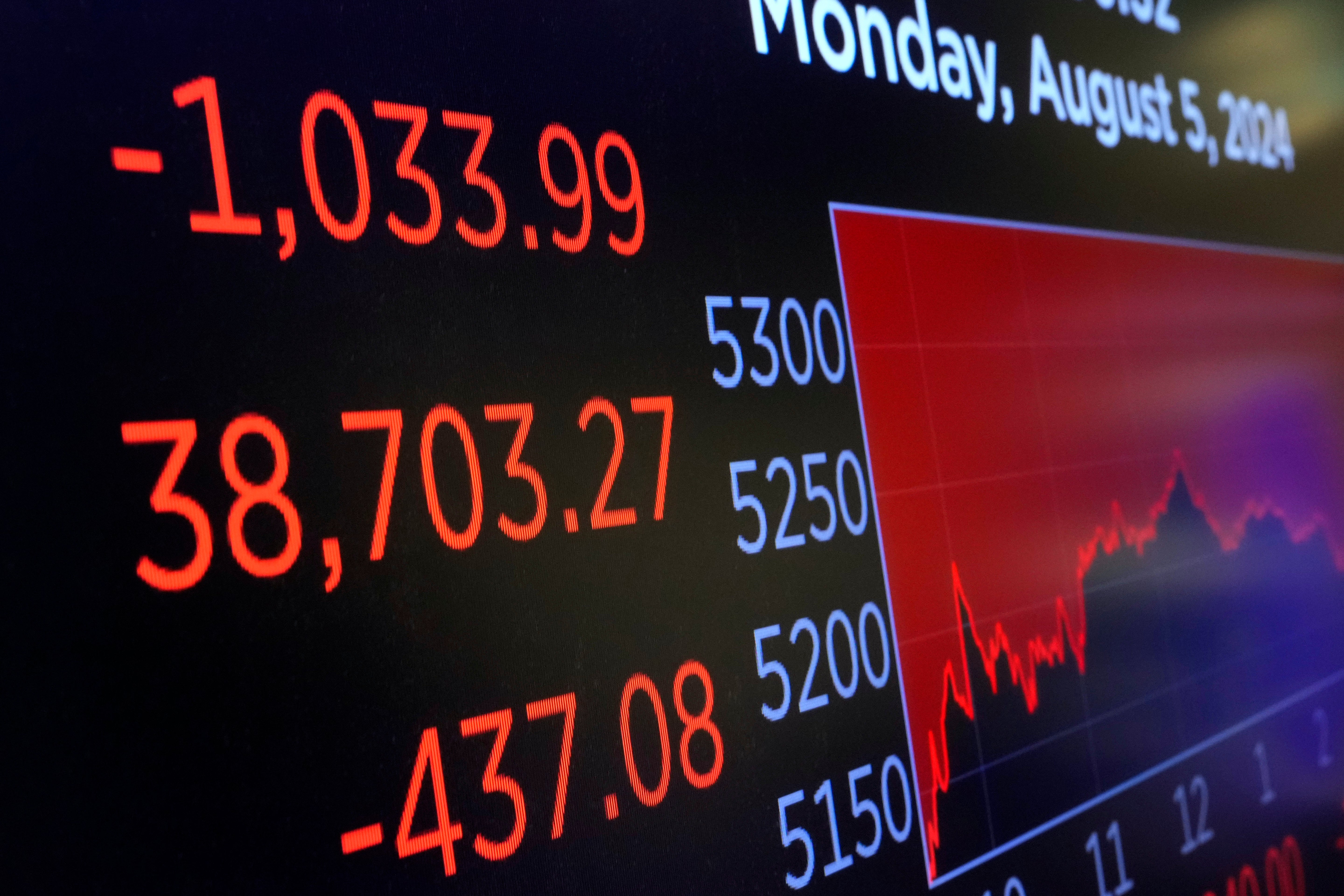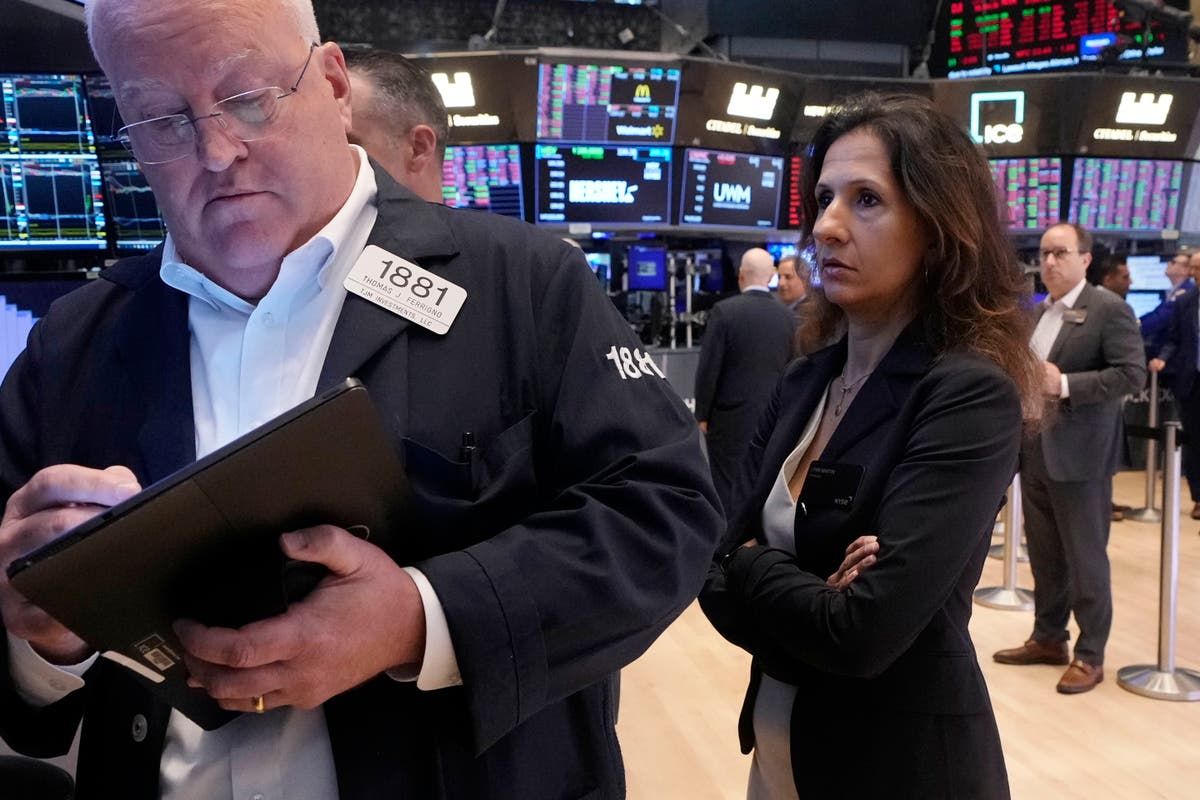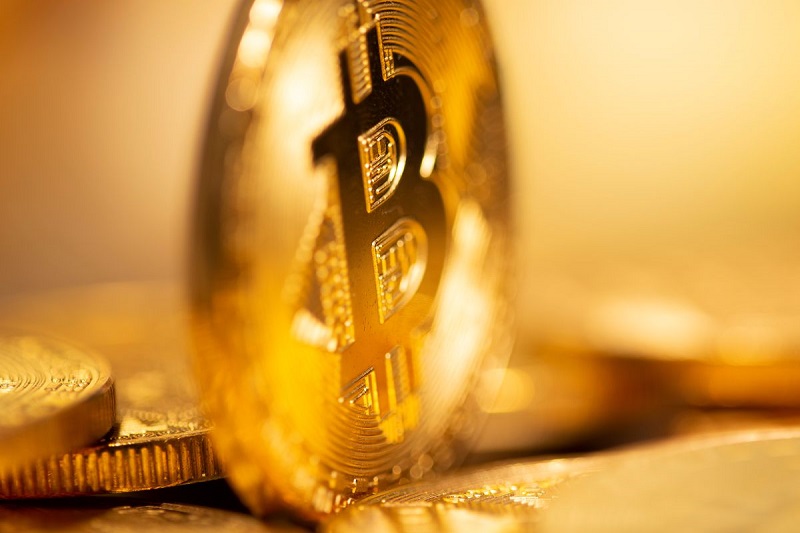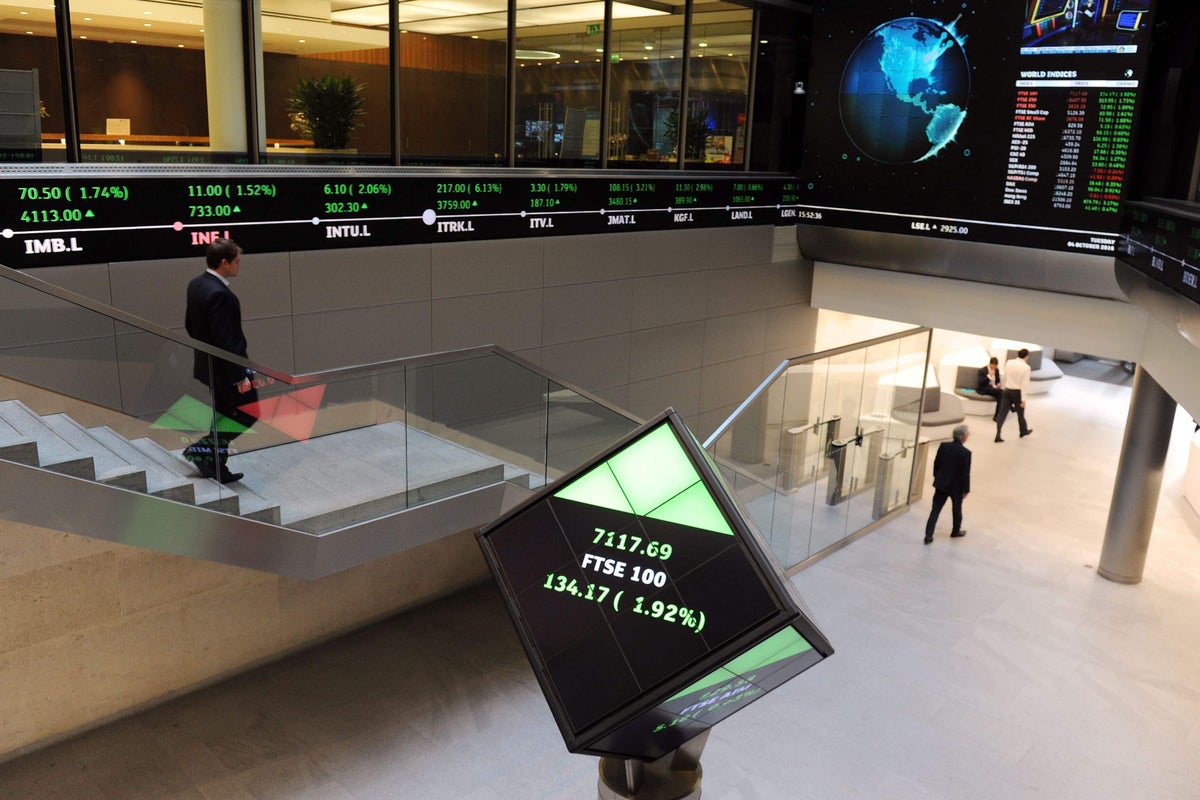Truly support
independent journalism
Our mission is to provide unbiased, fact-based reporting that holds the powerful to account and exposes the truth.
Whether it's $5 or $50, every contribution counts.
Support us in offering journalism without agenda.
A market strategy known as the “carry trade” is partly behind the chaos that has swept global markets this week.
Carry trades involve borrowing cheaply in one currency in order to earn higher returns on investments in another currency. One of the most recent examples has been borrowing Japanese yen, with the expectation that the currency will remain cheap against the US dollar and that Japanese interest rates will remain low. The borrowed funds are then invested in US stocks and Treasury bonds in the expectation of earning higher returns.
Japan's benchmark Nikkei 225 index fell 12.4% on Monday and markets in Europe and North America suffered huge losses as traders sold shares to help hedge rising risks from investments made using cheaply financed funds borrowed largely in Japanese yen.
Markets recouped much of their losses on Tuesday, but the damage remains.
Markets were shaken by a combination of factors, including fears of a possible recession in the United States, the world's largest economy, and concerns that technology stocks have run too high this year.
But the magnitude of the declines was exaggerated by the rush to sell US dollars due to carry trade agreements that had helped push markets to record highs.
The key factor underlying the carry trade is the difference in interest rates. The Bank of Japan has kept interest rates at or near zero for years, trying to encourage more spending and stimulate economic growth. Last week, it raised its main interest rate from near zero. Higher interest rates tend to boost the value of a country's currency, and the Japanese yen rose against the US dollar.

Traders rushed to sell riskier dollar-denominated assets to cover suddenly higher borrowing costs, plus losses from exchange rate swings and losses in asset values as stock prices plummeted. In addition, hedge funds engaging in carry trades used computer models to maximize their returns versus their risks. They needed to sell stocks to maintain acceptable risk profiles.
Carry trades tend to make more sense when exchange rates are relatively stable and investors can take advantage of market opportunities with higher returns, such as recent stock price increases in places like the United States.
The recent market turmoil forced traders to cover their debts by buying yen and other carry trade currencies and selling relatively more of the riskier assets they had bought on more favorable terms. Moreover, carry trades are very lucrative when stocks or other investments are rising, but losses can mount when thousands of traders are pressured to sell stocks or other assets at once.
“The massive unravelling of carry trades globally was the spark that lit the fuse for this market Armageddon,” said Stephen Innes of SPI Asset Management. “A defining feature of these self-perpetuating market crashes is the vicious cycle in which a sell-off increases realized volatility.”
The risk of carry trade operations
The gap between Japan's main interest rate, currently at 0.25%, and the Federal Reserve's benchmark rate of 5%-5.25% is still wide, but is likely to narrow as the Fed cuts rates and Japan raises its own.

Financial markets appeared to have calmed down on Tuesday, with Japan's Nikkei 225 index gaining 10.2% and other markets mostly higher. Analysts are divided on whether this bout of market volatility is over or whether there will be more. Carry trades have been used for decades anyway.
In 2007-2008 they contributed to a collapse of Iceland's financial sector, with investors borrowing in yen or Swiss francs to take advantage of Iceland's high interest rates. During this latest market turmoil, Mexico, another hotbed of the yen carry trade, has seen its weight fall by more than 6%. This popular but potentially tricky trading strategy is likely to remain an unpredictable factor for investors, especially in times of high market volatility.










